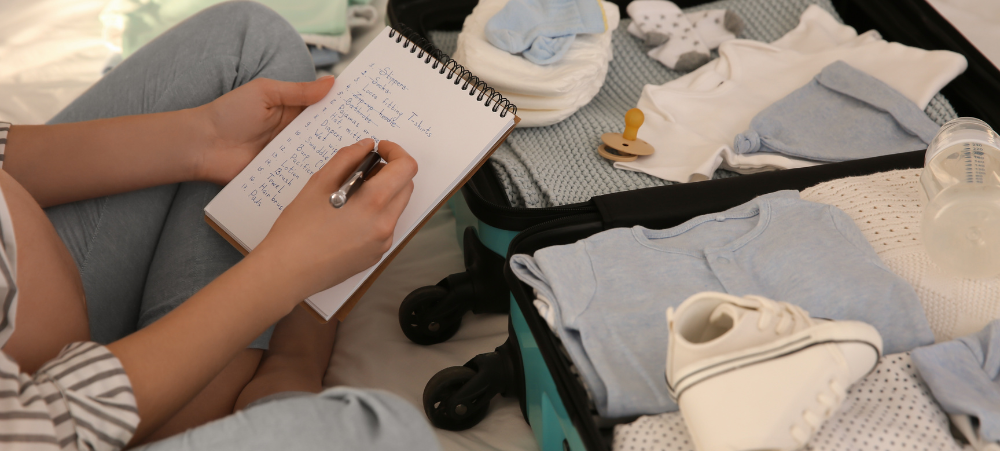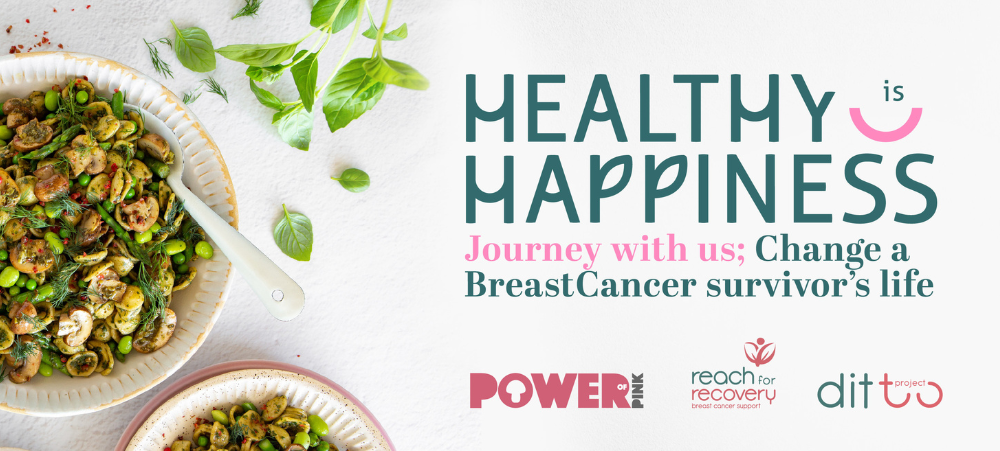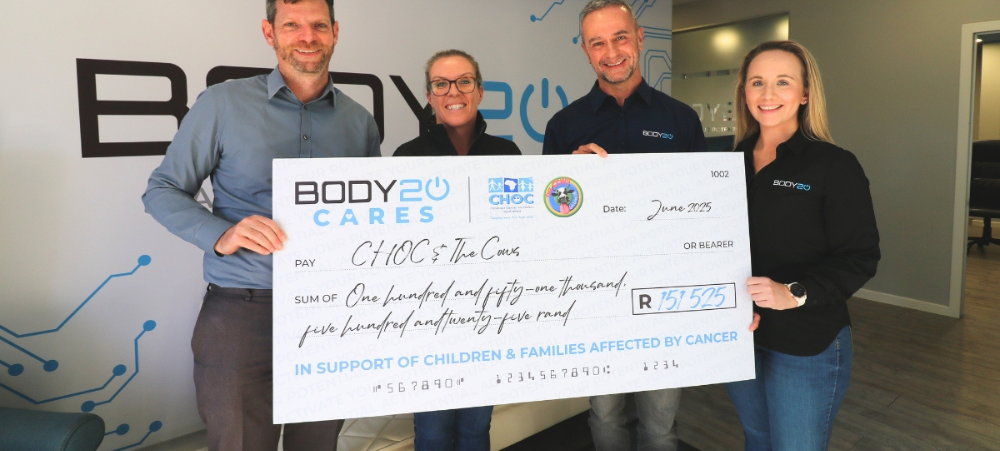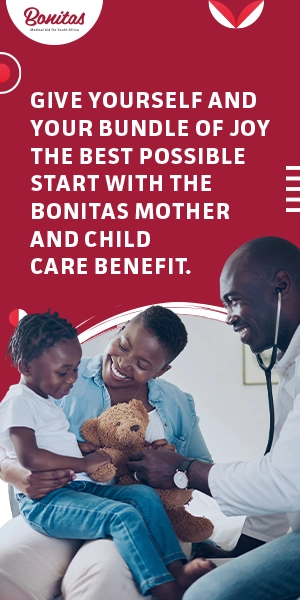
Bonitas and partners drive family health access at Mpumalanga Family Health Day
Access to healthcare is one of South Africa’s most pressing public health challenges, with many families still facing barriers such as long travel distances, overburdened clinics and limited screening opportunities. These realities mean preventable or manageable conditions often go undetected until they become serious. Against this backdrop, Bonitas Medical Fund’s recent Family Health Day in Mpumalanga demonstrates how targeted partnerships can help bridge the gap between available healthcare and real access. In partnership with the Gift of the Givers Foundation, the Rotary Action Group for Family Health & AIDS Prevention (RFHA) and the South African Department of Health (DoH), Bonitas Medical Fund hosted a Family Health Day at Elukwatini Stadium in Mpumalanga on 30 October 2025. The initiative formed part of the national Close the Gap campaign, which aims to place one million additional people on antiretroviral therapy (ARVs) by December 2025. “Our goal is to take healthcare to where people are,” says Dr Themba Hadebe, Clinical Executive at Bonitas Medical Fund. “When families have easy access to screening and counselling, they’re more likely to seek help early to ensure preventable health issues do not become life-threatening illness and disease.” Bringing family healthcare closer to home The Family Health Day offered an integrated package of services, including HIV testing and counselling, TB screening, vital-signs and diabetes checks, STI testing and immunisations through the Department of Health and RFHA. Communities were also provided access to optometry and audiology screening, dental care, mental-health support, menstrual-health education and hygiene pack distributions through Gift of the Givers. “Families were able to have several checks done in a single visit thanks to multiple services being clustered under one roof, on a single day,” says Hadebe, adding that this approach tackles three core barriers to care: cost, travel distance and lack of coordinated services. A recent study on healthcare access and the relation to deprivation in low-income urban households found that among low-income households in Gauteng, access to healthcare was significantly influenced by multiple deprivation factors. These included the availability, quality and proximity to healthcare facilities. Vision, hearing and dental issues often go untreated as people living under challenging socio-economic conditions tend to prioritise immediate survival needs. Providing access to these essential services helps restore dignity and confidence, while creating opportunities for early intervention. “We know that good health begins with access,” says Hadebe. “When the private and public sectors collaborate, we can reduce the inequalities that hold families back from living healthier lives.” Supporting national goals The Mpumalanga Family Health Day directly contributes to South Africa’s “Close the Gap” campaign by increasing testing, treatment referrals and health education. Beyond HIV and TB, the initiative addresses broader determinants of health, such as vision, hearing, dental and mental well-being, which are critical to family stability and productivity. Family health must not be a once-off intervention, but an ongoing commitment to ensuring that everyone, regardless of where they live, can access the care that helps them thrive. “A project like this is a great example of how our partnership with GOTG is perfectly aligned as both GOTG and Bonitas have the drive to help others. And, in terms of the Scheme, it’s our way of moving a step closer to providing quality healthcare for all South Africans,” Hadebe concludes.


































